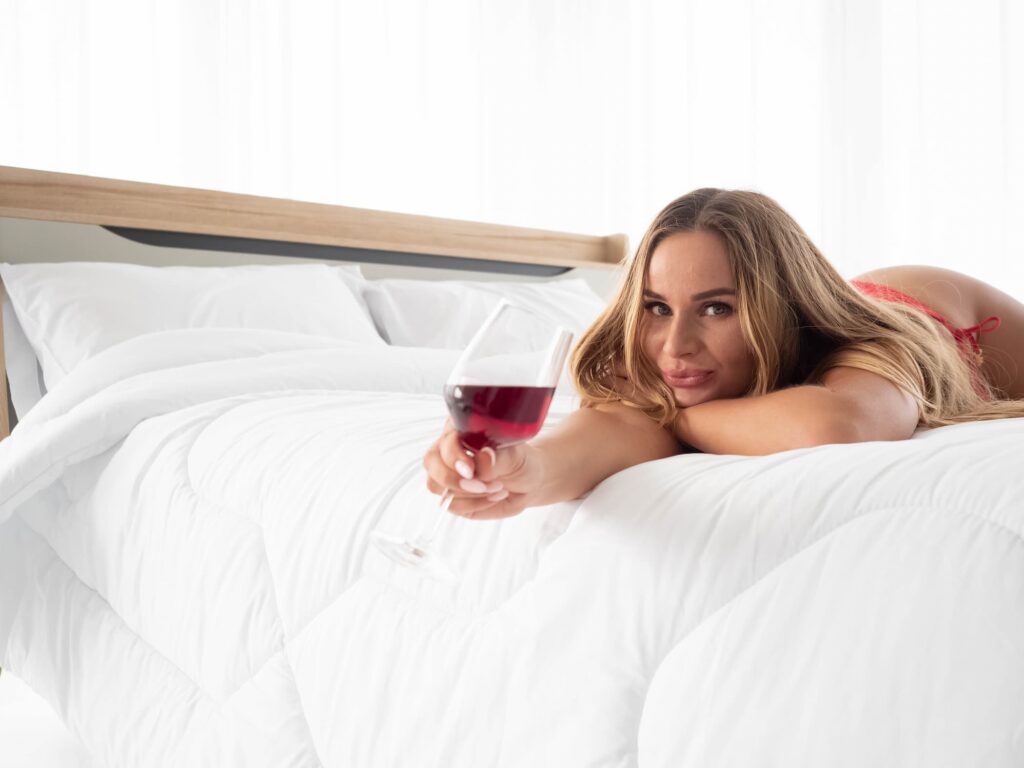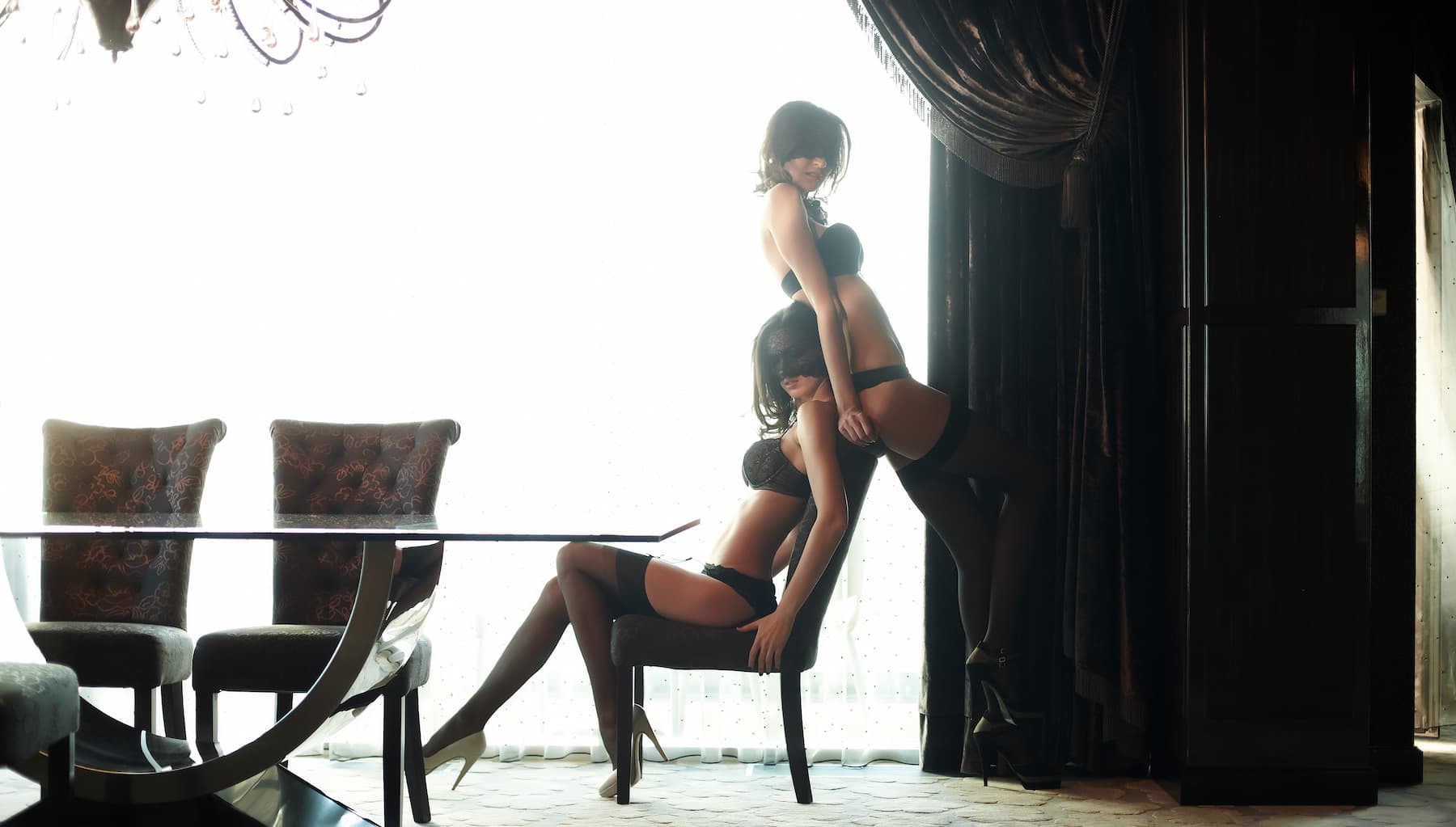Building Bonds on Shared Values, Not Just Feelings
Chemistry is often celebrated as the ultimate marker of romantic compatibility. The rush of attraction, the butterflies in your stomach, and the intense pull toward someone can feel intoxicating. While chemistry is an important part of romantic relationships, it is not enough to sustain love over the long term. Feelings are powerful but fleeting, and they can shift with stress, life changes, or misunderstandings. Mature love recognizes that lasting connection is built on something deeper: shared values.
Shared values act as the blueprint for a relationship’s foundation. They guide decisions, shape priorities, and determine how two people navigate life’s challenges. For instance, two people may share fiery chemistry but struggle to build a future together if one prioritizes adventure and spontaneity while the other craves stability and structure. Without alignment on these core beliefs, the relationship may feel exciting in the short term but unstable in the long run.
Mature partners take the time to explore each other’s values early on. They ask meaningful questions and pay attention to how their lives naturally align. This doesn’t mean they have to agree on everything, but there must be enough harmony to create a sense of teamwork. Chemistry brings people together, but values keep them together when passion alone can no longer smooth over conflicts.
By focusing on shared principles like respect, trust, family, or personal growth, couples create a relationship that is both stable and fulfilling. The love that grows from this foundation feels steady and secure, offering space for both partners to evolve while staying connected. In this way, maturity shifts the focus from temporary feelings to enduring compatibility.
Erotic Massage and Slowing Down to Deepen Sensual Connection
Physical intimacy is often driven by urgency, especially in the early stages of a relationship. The excitement of new attraction can lead to rushed encounters where the focus is more on release than on connection. While this can be thrilling, it can also create a dynamic where physical closeness becomes shallow or repetitive over time. Mature love approaches intimacy differently, with an emphasis on slowing down and deepening the experience.
Erotic massage is a powerful practice for cultivating this kind of mindful sensuality. Unlike hurried physical interactions, it requires patience, presence, and intention. For the person giving, every touch becomes an act of care and attentiveness. They tune into their partner’s body, noticing subtle reactions and responding with thoughtfulness. For the receiver, it offers an opportunity to relax completely, to feel safe, and to surrender to the moment.

This practice transforms intimacy into a form of nonverbal communication. Through slow, deliberate touch, partners express love, desire, and trust without needing words. It creates a safe space where vulnerability can flourish, reinforcing the emotional bond that underlies physical pleasure.
Erotic massage also serves as a reset for couples navigating stress or disconnection. After conflict or periods of emotional distance, it helps partners reconnect in a way that bypasses intellectual defenses. The focus on touch and presence restores closeness, reminding both individuals of the tenderness and care that exist beneath daily challenges.
By slowing down through practices like erotic massage, couples move beyond the surface of physical attraction. They create a sensual connection that is as emotionally rich as it is pleasurable, turning intimacy into a ritual of renewal and deepening love over time.
Solving Problems Together, Not Creating More
Every relationship faces challenges, whether they stem from external pressures like work and family or internal struggles like miscommunication and differing needs. Immature love often turns these challenges into additional sources of conflict. Instead of working together, partners blame, compete, or withdraw, creating more problems than they solve. This cycle leads to resentment and emotional distance.
Mature love takes a collaborative approach. When difficulties arise, both partners view them as shared obstacles rather than personal attacks. They approach conversations with curiosity instead of defensiveness, asking, “How can we solve this together?” rather than “Who’s at fault?” This mindset transforms conflict from a threat into an opportunity for growth.
Solving problems together requires emotional regulation. Mature partners understand the importance of pausing before reacting, allowing emotions to settle so that discussions remain constructive. They listen actively, validate each other’s feelings, and focus on solutions that honor both perspectives. Even when disagreements remain, the goal is to protect the relationship while navigating the issue.
This teamwork strengthens the bond over time. Couples who consistently face challenges side by side develop trust and resilience. They know they can rely on each other not only during joyful moments but also during life’s storms.
Maturity is what turns love from a fleeting passion into a lasting partnership. By building relationships on shared values, deepening intimacy through mindful practices like erotic massage, and approaching challenges as a team, couples create a connection that is stable, passionate, and enduring. Chemistry may light the initial spark, but it is maturity that keeps the flame alive for a lifetime.
